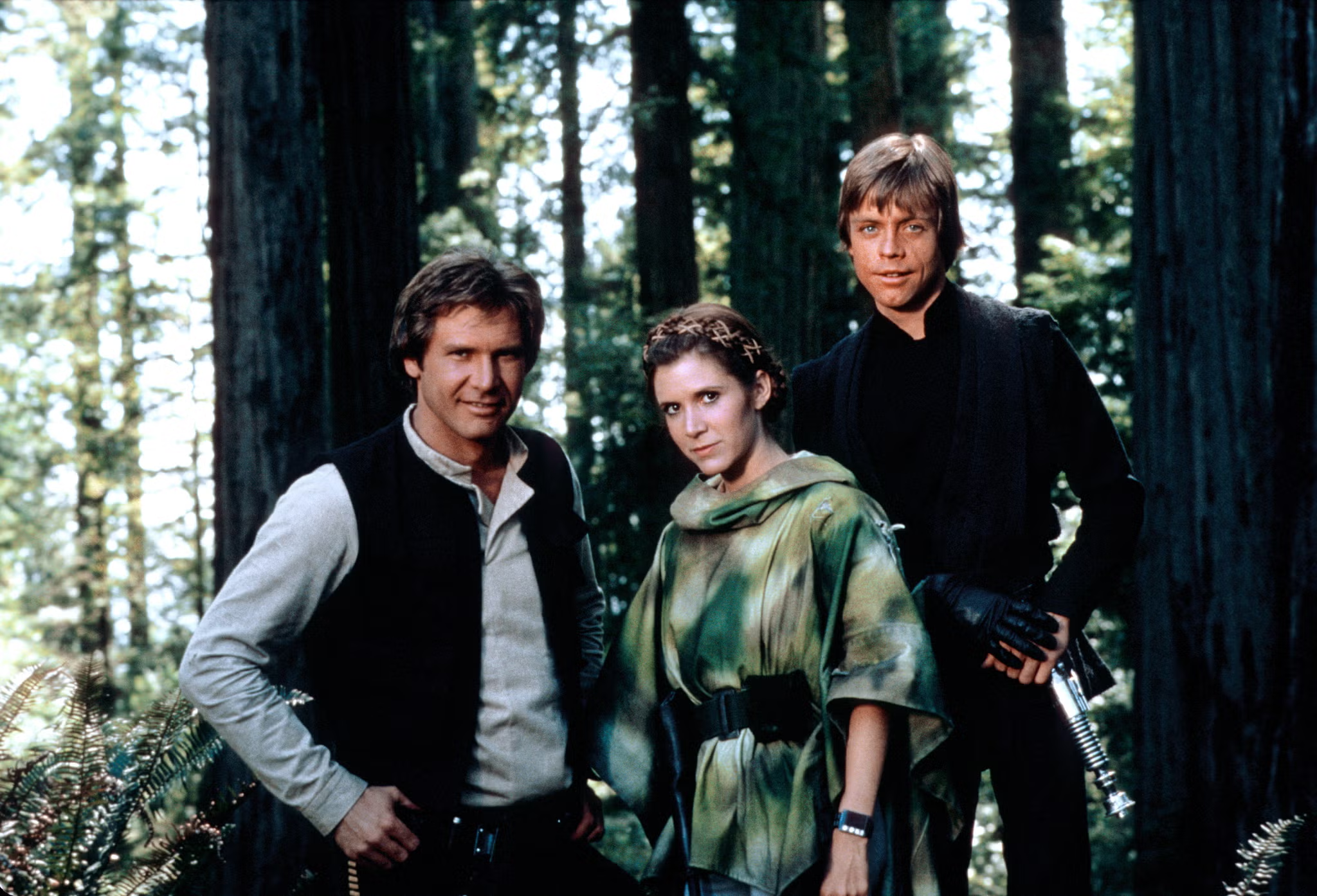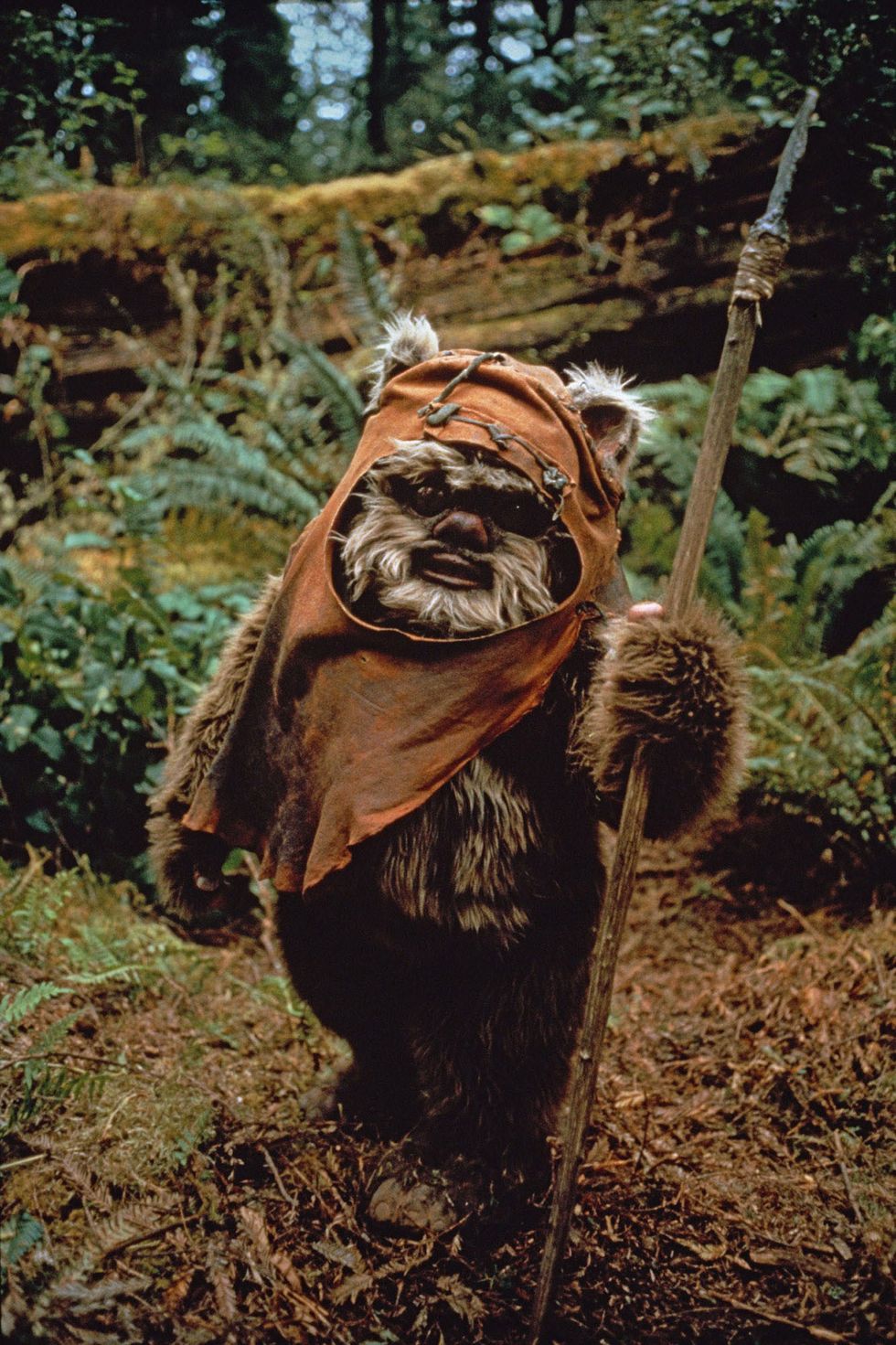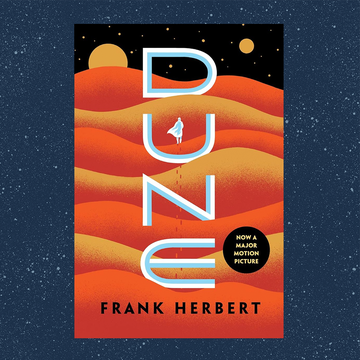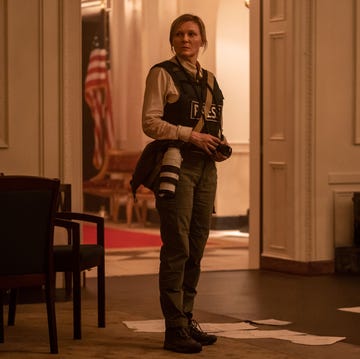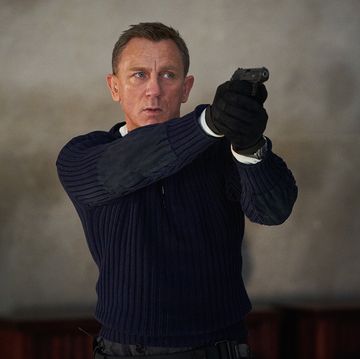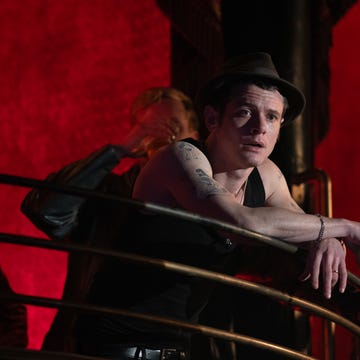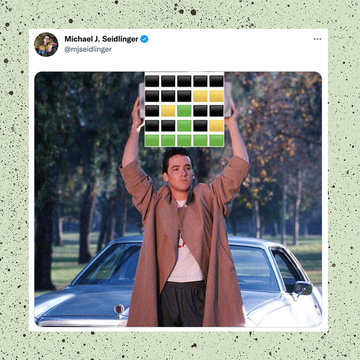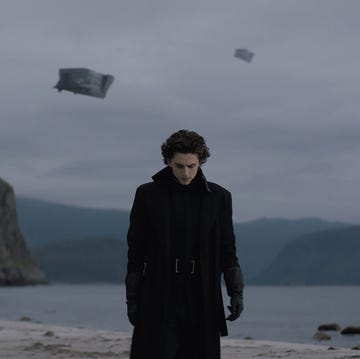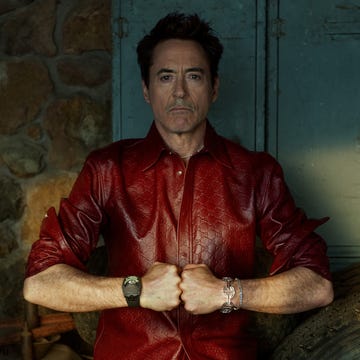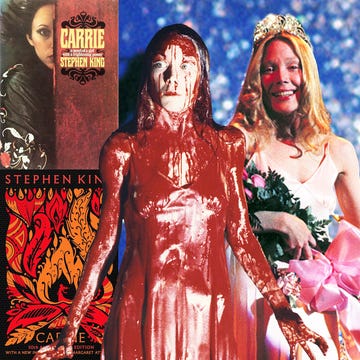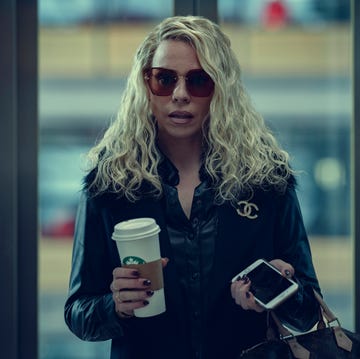On 2 June, the Star Wars universe will officially be middle-aged. Return of the Jedi, the finale of George Lucas’ original trilogy, turns 40 that day. At that point it will, definitively, have crept over the hill and into its hiking trousers and off-duty gilet era.
I can’t remember when I first watched it, but it was the one which me and my brothers wanted to watch most often on Sunday afternoons. When I think of Star Wars, Return of the Jedi is what I think of. I liked the speeder bikes and Luke Skywalker’s gigantic boing away from the sarlacc pit. My big brother got very into the minutiae of the Empire’s armada of flying death machines. My little brother liked the Ewoks.
Ah, the Ewoks. They’re the reason everyone remembers Return of the Jedi as being the softest and silliest of the original trilogy. I don’t think that’s quite fair though. Yes, everyone gets their happy ever after and Han cops off with Leia at last. It doesn’t have the visual poetry of the first movie – Luke staring into the two suns over Tattooine – or the tastefully downbeat, muscular storytelling of The Empire Strikes Back. But it reconnected Star Wars to itself in a way which everyone forgets.
George Lucas was meant to direct Apocalypse Now back in the early Seventies, and worked for four years on its script while pulling together Star Wars. Given Lucas’ original vision for Apocalypse Now was to mimic TV news crews and film their drama on 16mm cameras on location in Vietnam while the war was still going on, it’s perhaps for the best that his mate Francis Ford Coppola eventually took it on when Lucas got busy with American Graffiti. Crafting a space opera is a lot more difficult when you’ve just spent eight months huffing Agent Orange.
Coppola’s movie is everything Star Wars isn’t: explicit and bloody and gruelling. Though Lucas jumped ship to direct Star Wars, it was still, he said later, “really about the Vietnam War” and the cynicism which settled on the American public like a cloud after Watergate. Most of the fighting, you’ll notice, happens in forests, swamps and mountains. The Empire Strikes Back is ‘the dark one’ in the trilogy but Lucas knew there was darkness in this final instalment too: that’s why he initially tried to get David Lynch and a post-Videodrome David Cronenberg to direct.
Instead, Lucas picked Richard Marquand to recreate the last days of Saigon with a cast of little bears who go ‘yub-nub’. They’re a guerilla force that lures a technologically superior invaders into their home to defeat it with their better knowledge of the terrain and well-prepared booby traps, and it’s quite a feat of subversion that Lucas’ finale had most of America cheering for the little guys giving the big guys a chasing.
The implications of mapping North Vietnamese communists onto these creatures with kooky tribal traditions and an incomprehensible language are, admittedly, unfortunate. And let’s not get too bogged down in stuff like the Endor Holocaust fan theory, which holds that the destruction of the Death Star at the end of the film would have rained molten death onto the green and pleasant forest planet and torched its furry inhabitants. Not very Return of the Jedi, guys.
What matters is that in returning to the Vietnam allegory the whole thing feels complete, and the latter-day Star Wars outings that have worked most convincingly are the ones that remember that its Flash Gordon stylings were anchored to a story about colonisers and those who resist. Andor, for instance, uses it to power a noirish spy thriller which stays with the resistance on the ground. The Book of Boba Fett looked lovely, but couldn’t make up its mind as to whether it was a gangster story, a Man With No Name-style Western, or a Skywalker-Baby Yoda buddy pic.
Like a lot of things hitting middle age, Star Wars has started to look a bit flabby. Three movies became six, then nine, and there’s at least two different possible new trilogies in the offing. In the last five years there have been four live-action spin-off series, and there are three new ones to come in the next year plus one about Donald Glover’s Lando series in the pipeline. There are films from James Mangold, Dave Filoni, Taika Waititi and Sharmeen Obaid-Chinoy – the latter with a script by Peaky Blinders’ Steven Knight – coming too, and a clutch more which have been looked at and then locked in a filing cabinet somewhere on Skywalker Ranch. There is always more Star Wars to think about.
Which is what makes Return of the Jedi, for all it’s perceived softness, so very special. You’ve been through the whole adventure, and then it delivers what now feels like the most vanishingly rare thing in the sprawling, infinitely varied Star Wars galaxy: an ending.
